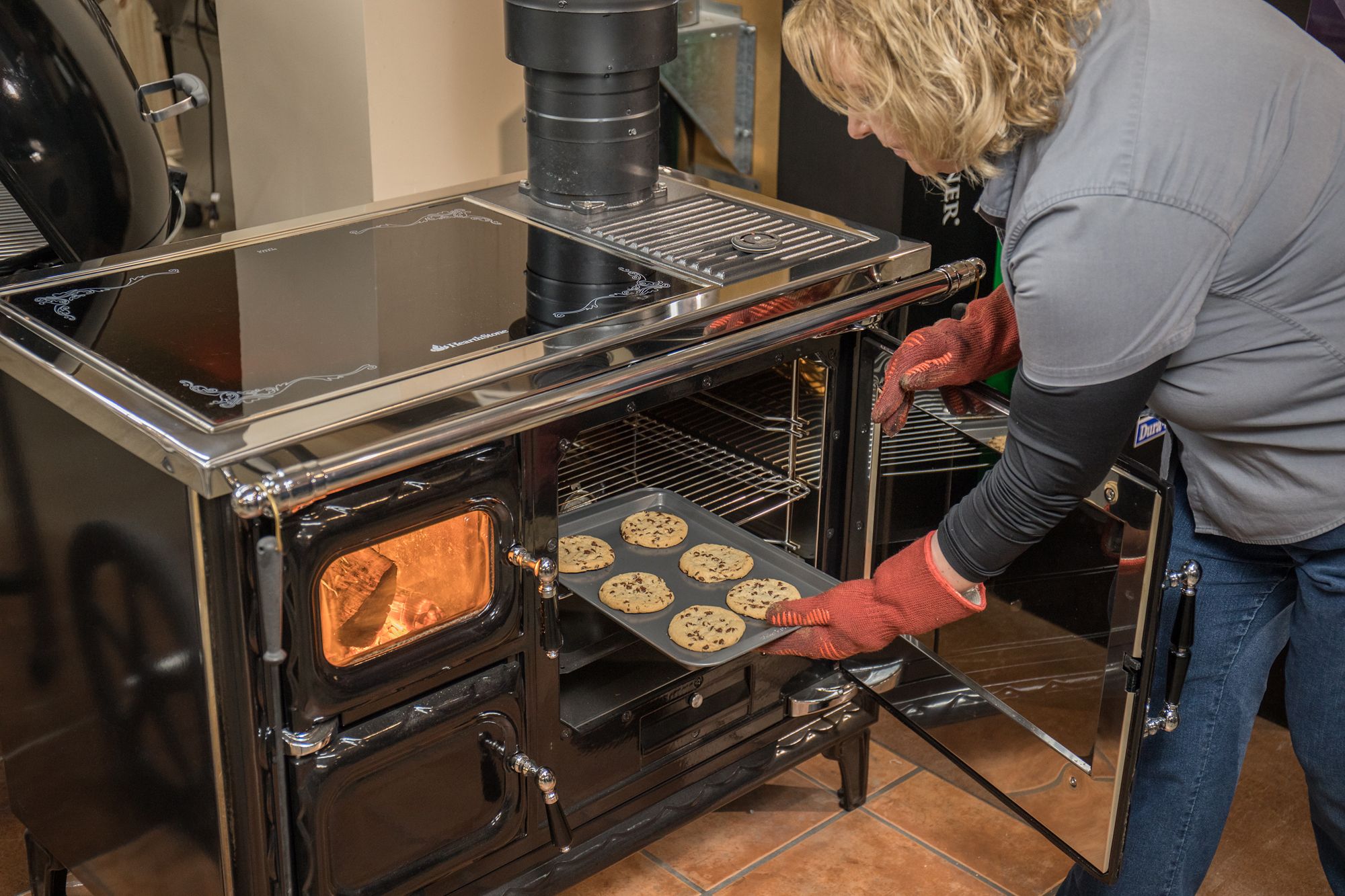‘C’mon In—The Water’s Fine!’


Tips on swimming hole safety
Who doesn’t have a joyful memory from their youth of jumping with complete abandon into a cool swimming hole? Yelling, squealing, splashing, and all kinds of aquatic hooliganism make for great fun to last a lifetime.
Some are fortunate enough to have these memories, while the rest of us have to use our adulthood to make do. So let’s find a swimming hole that caters to our more—ahem—discriminating tastes and need for safety. A few crucial tips follow.
1. Never swim alone
Even experienced swimmers should become nervous swimming alone. You never know when something might happen and you’ll need help. Your smartphone on shore won’t summon help if you’re 20 yards into the water and a cramp strikes.
2. Water is natural…and wild
The best water may be chlorine-free, but it can have currents, eddies, and unseen debris. Water is also ever-changing, so what was safe last week may not be so today. If you live in the South, make sure your water is gator-free and not home to any other potentially dangerous species
3. Know your limits
Hey, we’re not 12 years old and indestructible any more. Be honest with yourself and your abilities, and remember that you have sought out the cool pool for recreation, not competition.
4. Always swim sober
Summer days and adult beverages go together like, well, summer days and adult beverages. However, debilitating yourself before jumping into a swimming hole is a recipe for disaster. Leave the alcohol on the shore for after-swim relaxation.
5. Beware slippery rocks
The best swimming spots seem to be formed around rugged, craggy rocks. But according to the state of Vermont (which has plenty of natural swimming locations) most deaths around these are caused by falls from slippery rocks. So as Elmer Fudd used to say, “Be vewy, vewy careful” when climbing around rocks.
6. Tempted by waterfalls?
They’re beautiful and refreshing, but waterfalls create swift currents that can create unseen undertows. Keep your distance, both above and below.
7. Never dive into a new pool
Diving into natural water, especially if it is the least bit murky, is never a good idea. Head and neck injuries that happen at a remote swimming location never end well.
Always feel out the depth and quality of a swimming hole by wading in first.
Keep in mind that if it is a stream or river, it’s possible that debris may have moved into your diving zone.
Swimming hole etiquette
The above safety tips represent a lot of “don’ts,” but there are some things to know if others are around:
Ask the landowner first if you have to cross a field or forest to get to an identified place to take a dip.
Ask if you can join, if others are already swimming in the swimming hole. They’ll probably say yes, but it’s polite to ask anyway.
Don’t assume suits are optional, unless you are hiking, are clearly alone, and haven’t seen anyone for at least 30 minutes.
What if others swim naked? It’s up to you and your level of comfort. Oh, and theirs, too.
Keep your clothes conspicuous where you can see them, and it might also be a good idea to place a rock over them while swimming so they don’t blow into the water.
Share the swinging rope or any other fun-time accessories in place. It’s also nice to share inflatables or towels if you brought any along.
How To Find a New Swimming Hole
Swimming holes are childhood phenomena, borne out of the struggle to cool off while playing outside. If you were lucky, you lived in an area with plenty of ponds, lakes, or streams that most people overlooked.
Sometimes, just a bridge over a creek provided a refreshing jumping-off point with friends.
Today, though, landowners are sometimes more uptight about people crossing their land just to get to a hidden gem, so it often doesn’t pay to just wander. These days, we have to be more focused and goal-oriented, it seems.
Thank heavens for satellites, GPS, and smartphone apps.
Many GPS units let you program in a search and often have coordinates built-in for natural pools.
TIP: Seek out waterfalls and you’ll likely find there is access for swimming.
Online, a valuable resource can be found at swimmingholes.org. Although not recently updated, there are directions, descriptions, and tips from actual swimmers for nearly every U.S. state. More than 1600 are listed.
Tags:Hearth & Home

Acreage Life is part of the Catalyst Communications Network publication family.
















